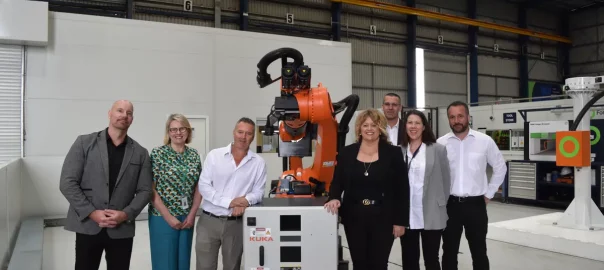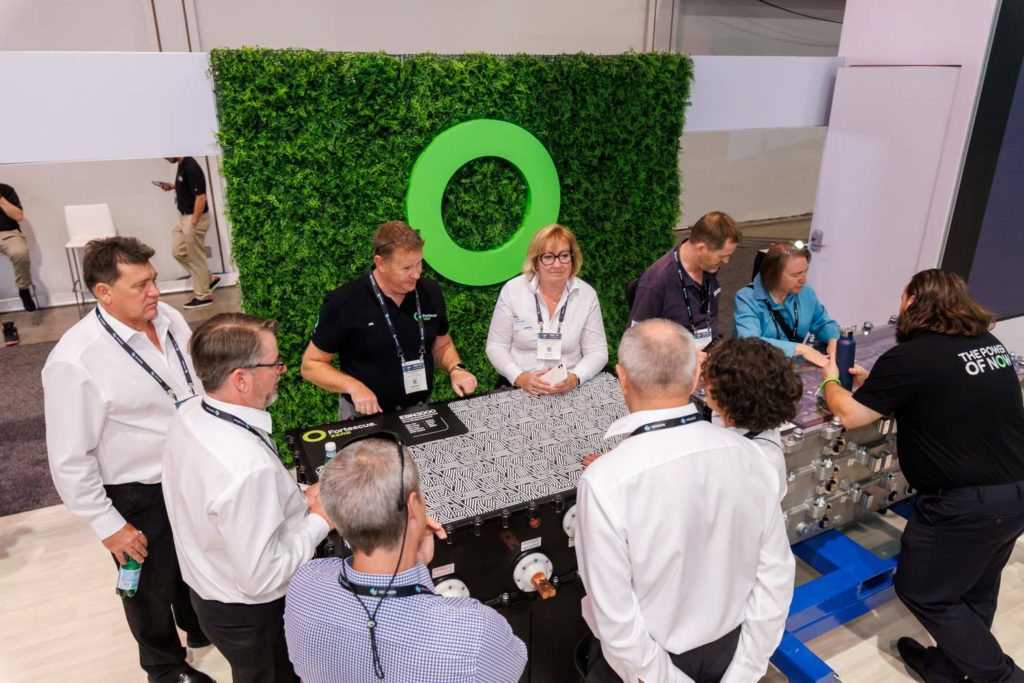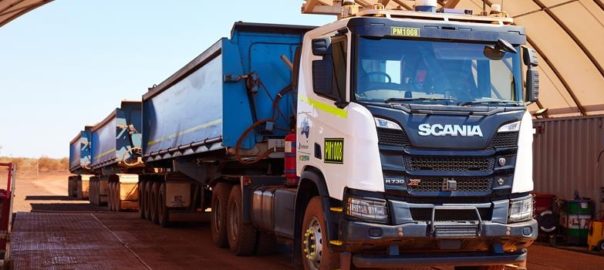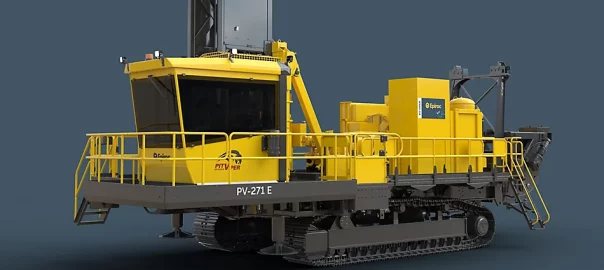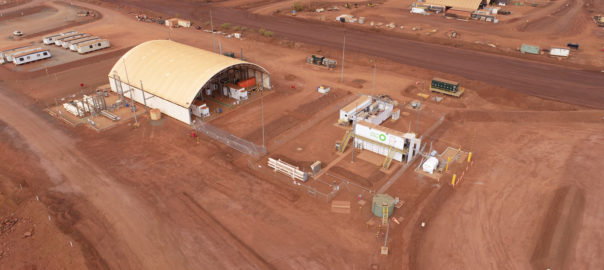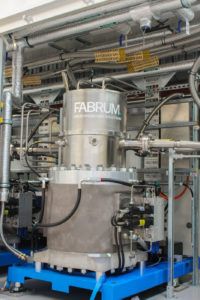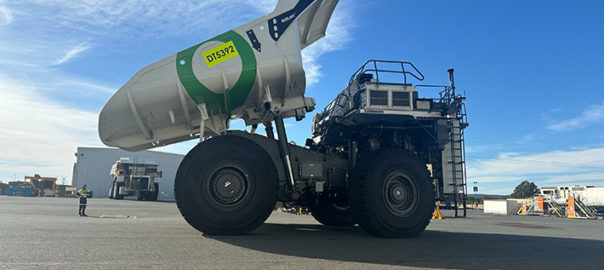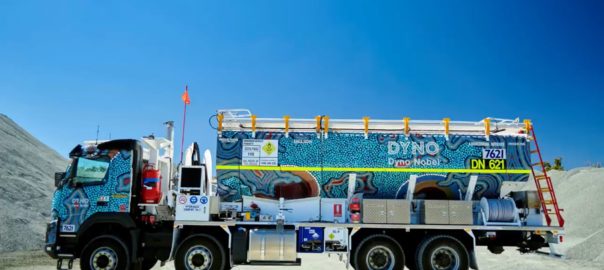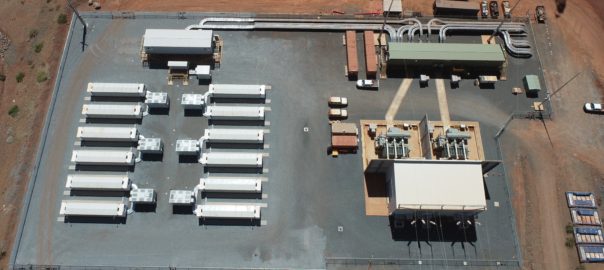The Australian Renewable Energy Agency (ARENA) has today announced a A$10 million ($6.5 million) grant to Fortescue to develop, build and demonstrate first-of-a-kind fast chargers for heavy mine site vehicles.
Fortescue’s A$35.3 million ‘Fast Charger for Heavy Battery Electric Vehicles’ project will develop 6 MW fast chargers, capable of charging 240 t battery electric trucks in under 30 minutes.
Developed by Fortescue Zero, the 6 MW fast charger will be compatible with a wide range of battery-electric heavy mining equipment and designed to meet all operational requirements, Fortescue says.
In announcing the ARENA funding, Fortescue Metals Chief Executive Officer, Dino Otranto, said: “As part of our decarbonisation plan, we intend to roll out around 250 fast chargers of varying capacities across our iron ore operations before the end of this decade.
“Not only will this project serve as a catalyst for demand from external heavy industry customers, but it will also enable a significant reduction in emissions.”
ARENA CEO, Darren Miller, said the project would help reduce emissions in one of Australia’s most carbon intensive industries
“ARENA is working to reduce emissions from Australia’s heavy industry, with heavy haulage high on the priority list for the mining sector
“Heavy haulage for remote mine sites contributes around a quarter of the mining industry’s emission and is considered a hard to abate sector, so we’re investing in the technologies that will be part of the solution.
The funding has been awarded under the Australian Government’s Industrial Transformation Stream, part of the Powering the Regions Fund. This A$400 million program aims to support emissions reduction at existing industrial facilities in regional Australia.
The project is the next stage of fast charger development for Fortescue, building on an existing 3 MW prototype. Once developed, the fast charger will be installed, demonstrated and tested at Fortescue’s Hazelmere and Christmas Creek mine sites.
“If the fast charger can be successfully validated at the operational Christmas Creek mine site, we’d like to see the technology widely deployed across Australia’s resources industry,” Miller said. “These are the kinds of challenges ARENA is looking to address through the Industrial Transformation Stream.”
The fast charger will be developed with global charging system standardisation in mind, ensuring compatibility with any equipment that meets the connector standard across mining, rail, and other heavy industry applications.
Australian iron ore mining produces roughly 5 Mt of CO2 each year due to fleet diesel consumption. Pathways to decarbonising mine operations are currently limited by a lack of commercially available solutions on the market.
Fortescue Zero Chief Executive Officer, Ellie Coates, said: “These innovative chargers are designed to be a safe, rugged, high power and scalable fast charging solution for multiple different vehicle applications.
“Leveraging our world-class capability in battery and charging solutions from motorsport, the fast chargers have been developed for the challenging conditions of the Pilbara. Equipped with robotic connection options, they will be able to power Fortescue’s future 240-t Liebherr T 264 battery electric trucks in just 30 minutes.”
Preliminary testing is currently underway, with the project due to be completed in late 2025.







